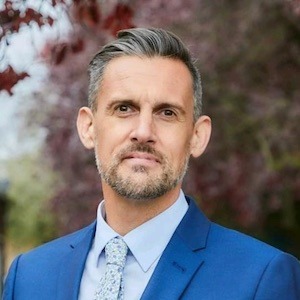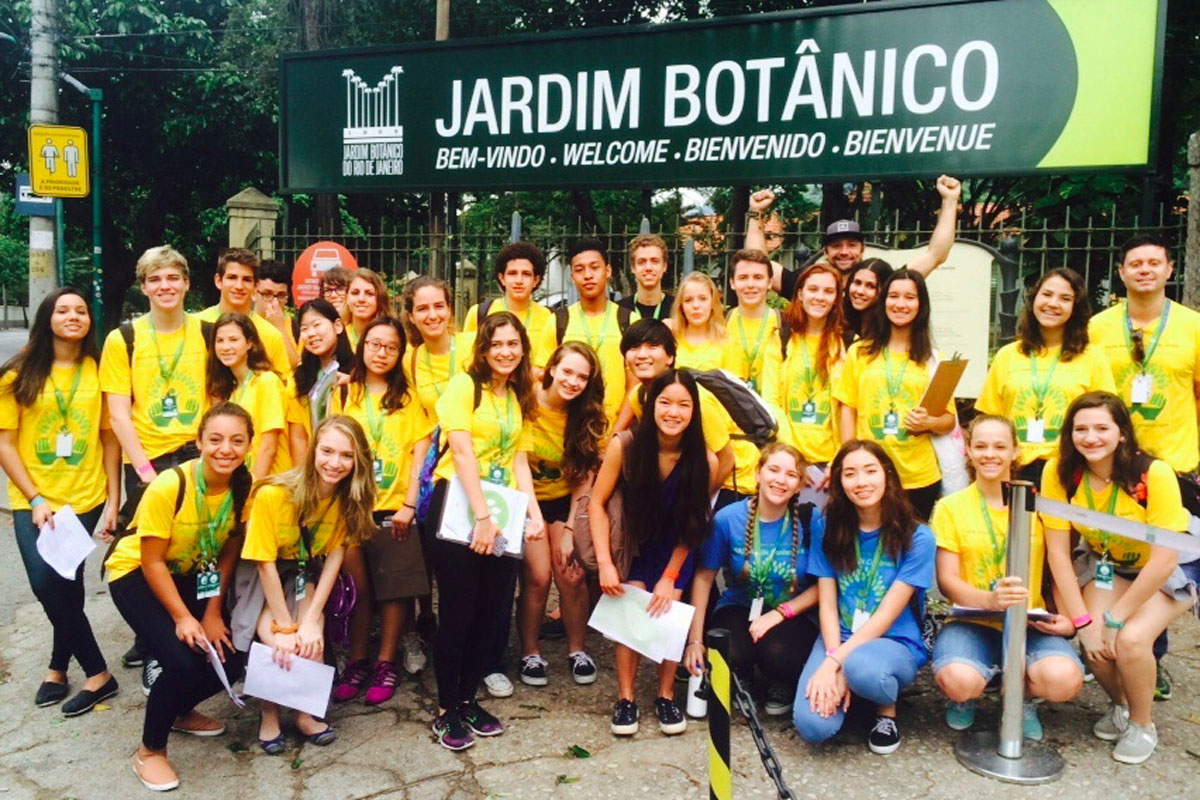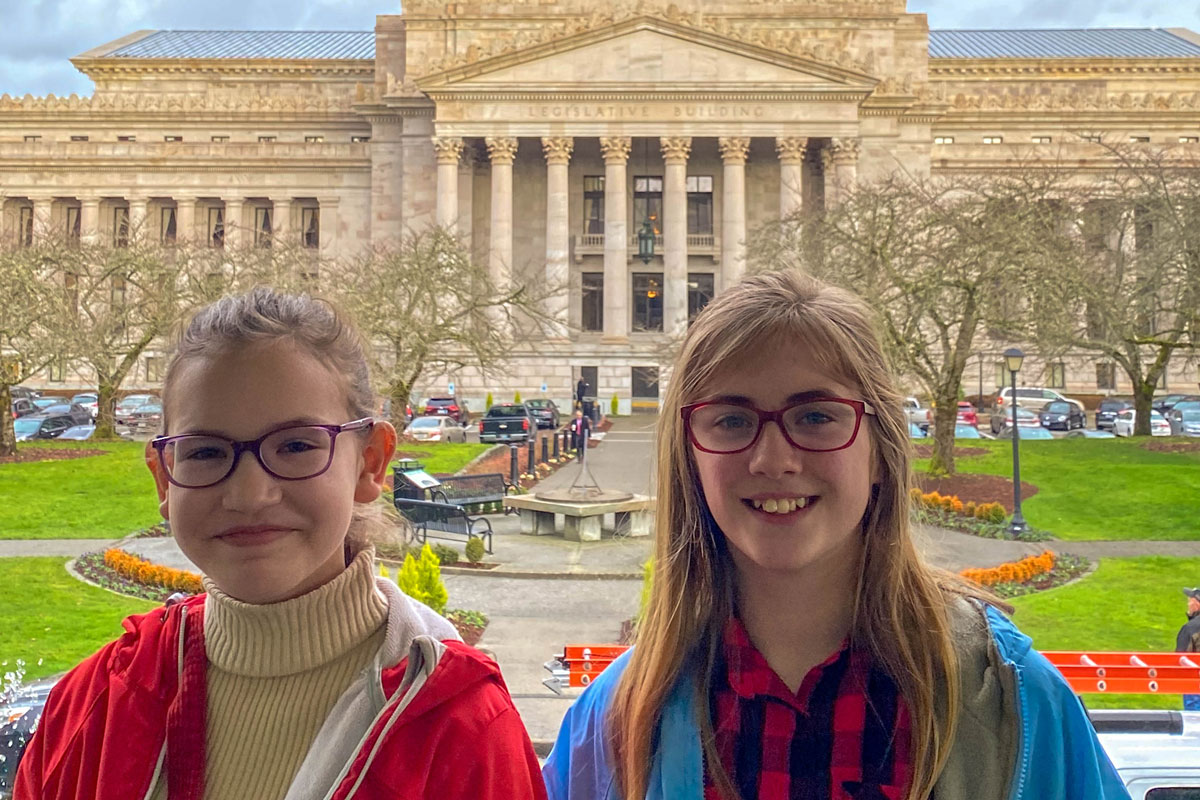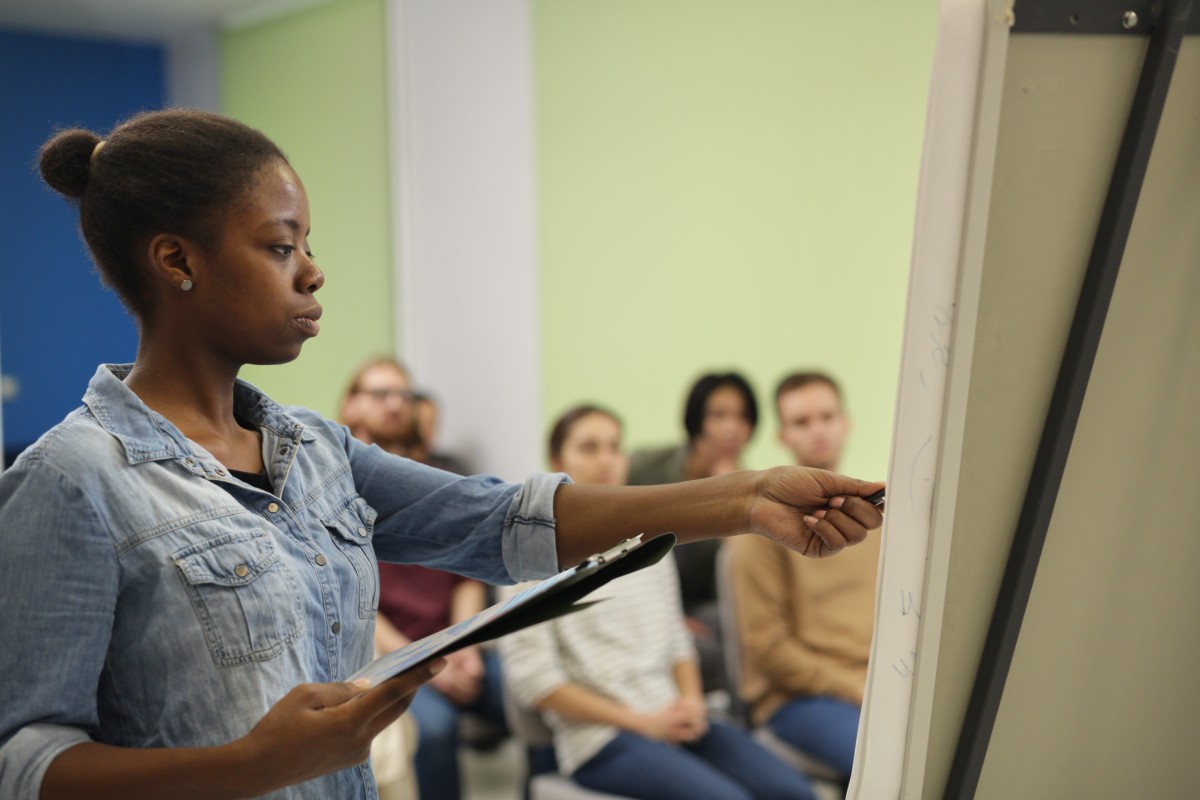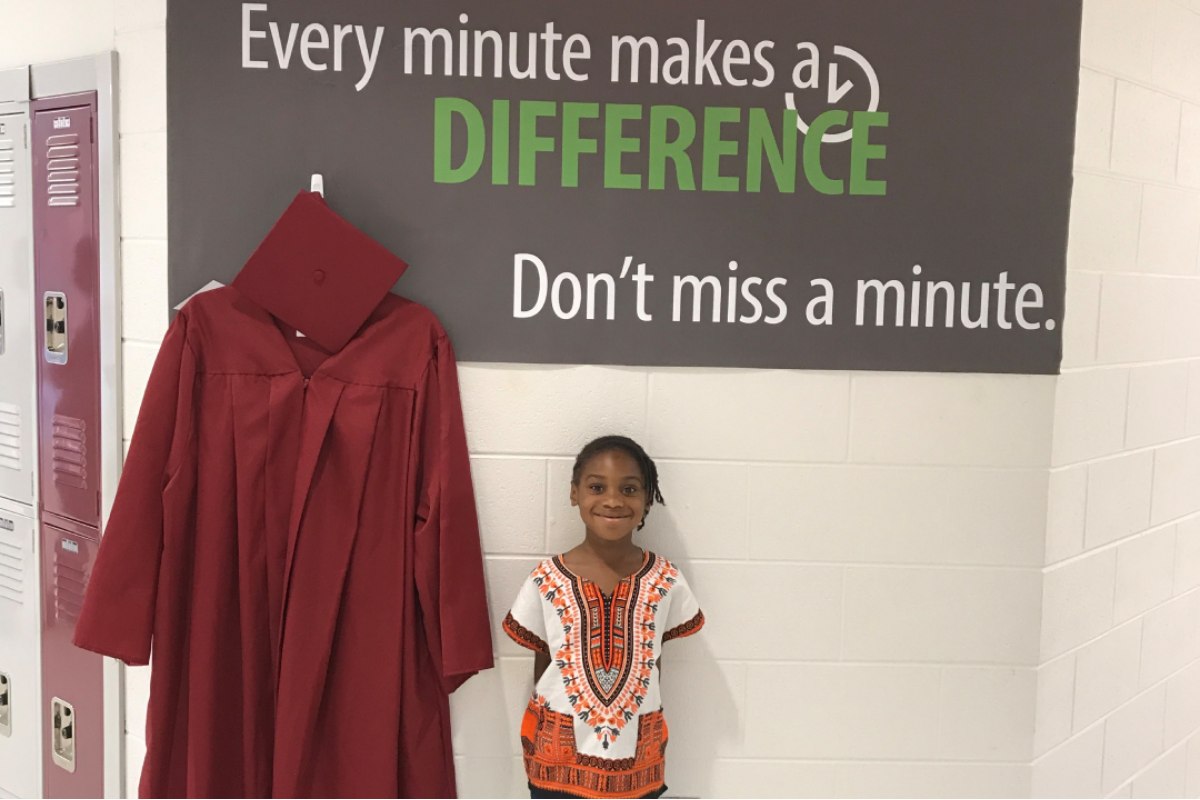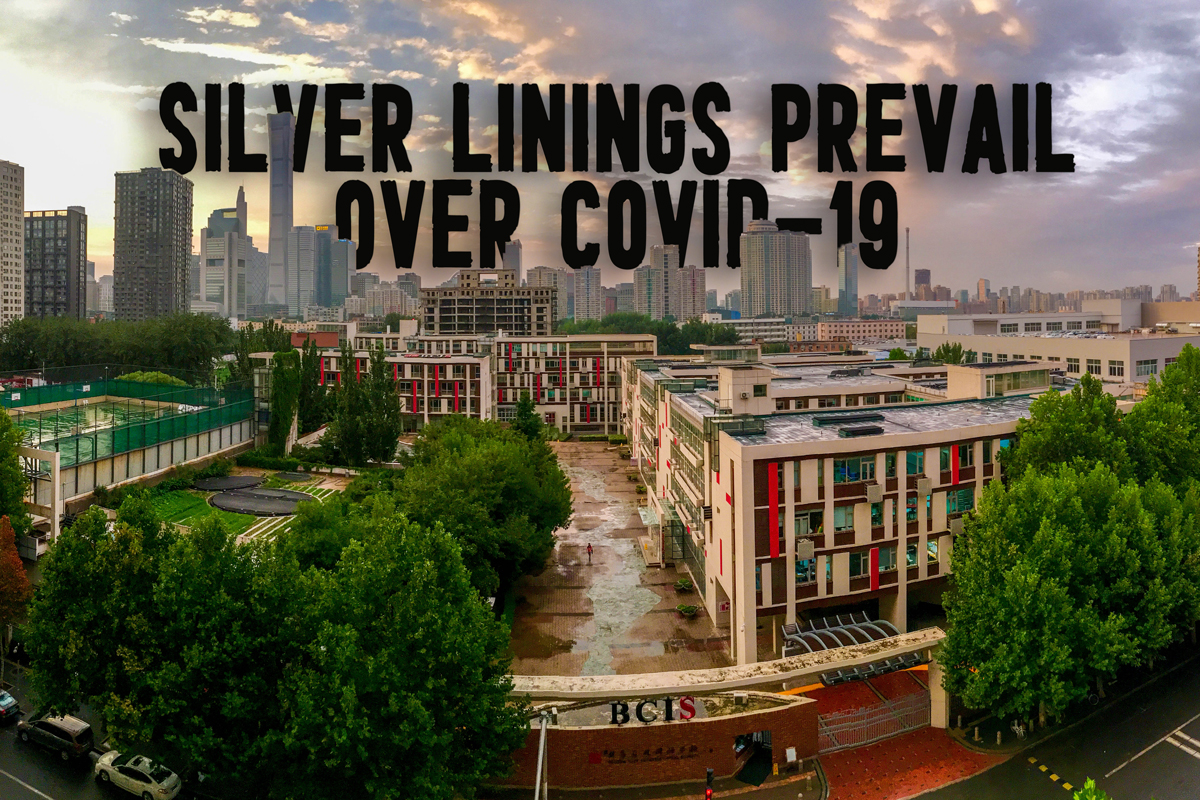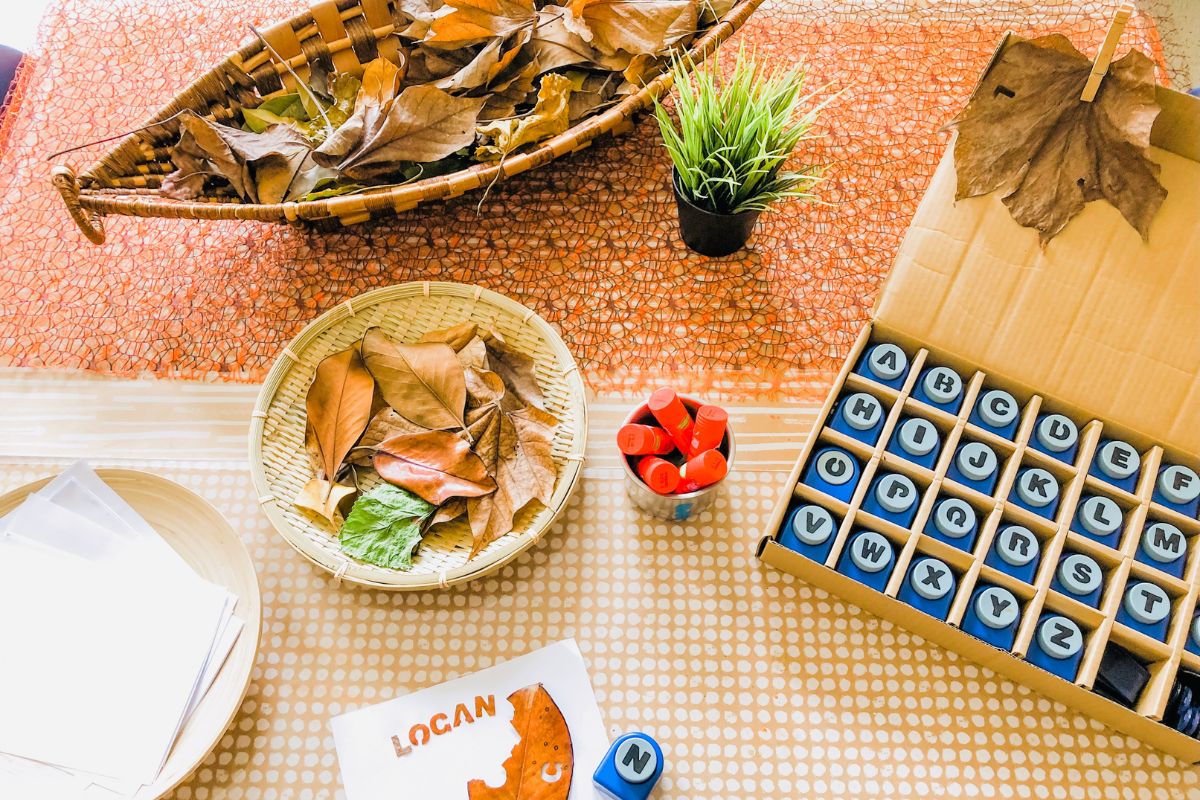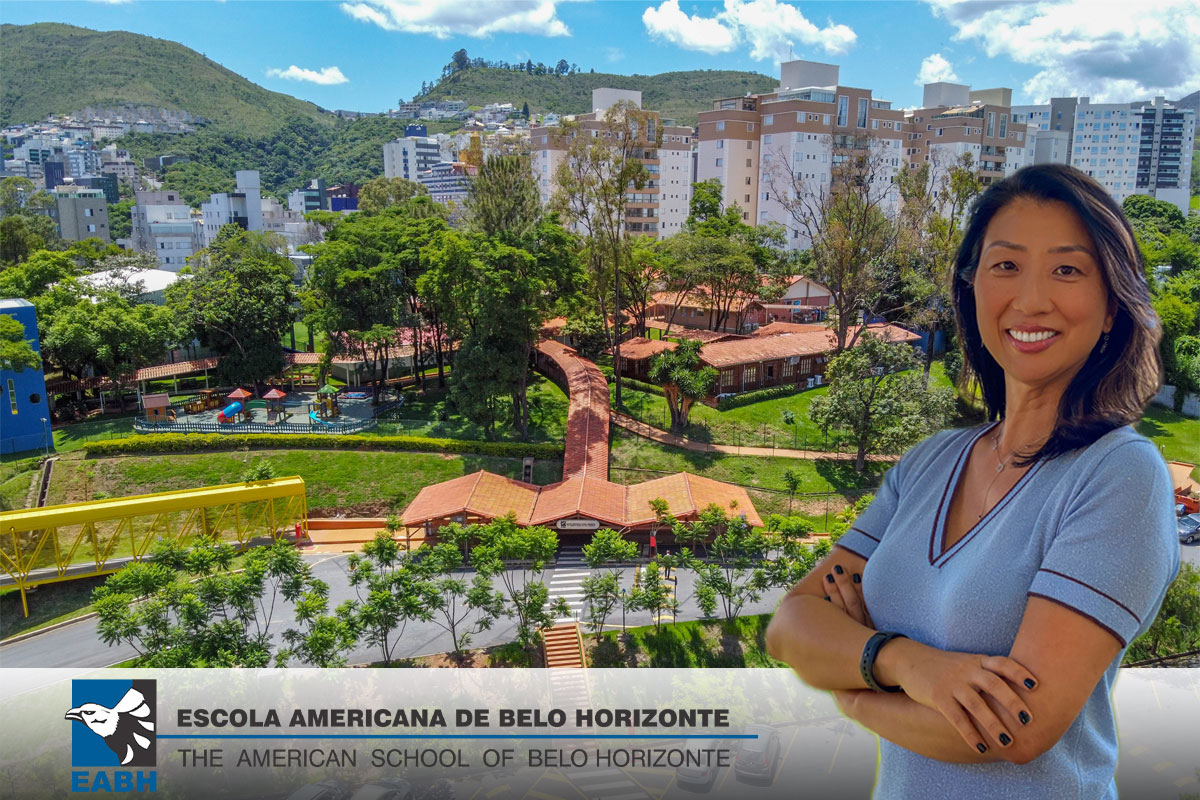Let Us Not Forget the Village
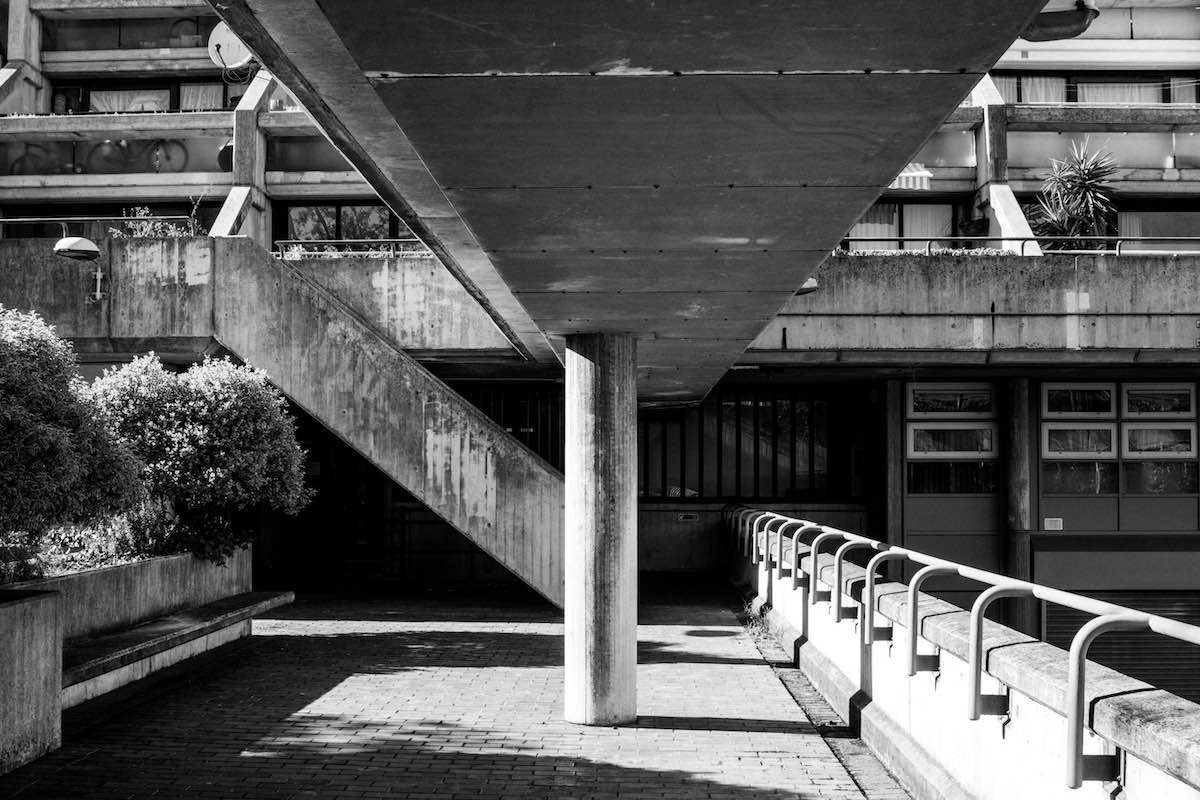
“It takes a village to raise a child.” The well-told proverb that suggest an entire community of people must interact with children in order for them to experience and grow in a safe and healthy environment. The collective work and guidance of those responsible to ensure the future generations of the community, to which they are born, are nurtured, held safe and supported, in order for them to flourish; allowing them to find their own path to adulthood and, in time, be the ones to cradle and foster the generations after them when their turn arrives.
Anthropologically, looking back on tribal and nomadic cultures, the role of ‘the elders’ was of significant importance in this collective ability of drawing a village together in order for the younger generations to acquire the skills and knowledge on their pathway to success. Of course, those adults, within these historic tribes and cultures, had their shared experience to draw upon in order to guide and support, steer and strengthen these burgeoning skills; nurturing youth in the secure mastery of lived experience both good and bad.
As each child blossoms into adulthood, the elders look on, safe in the knowledge that the tribe, village or cultural ethos they have developed, through this process of generational support, is self sustaining and, the legacy to which they leave behind, is grounded in the shared experience of every generation long after they have gone. In turn, allowing history to chart and document those cultures who have triumphed through every moment of adversity that came their way and those, sadly, who didn’t. In summary, when the teaching is strong, the child will be stronger and, in turn, the village.
Every school across the globe takes their place within a ‘village’. Supporting generations, past and present, as pupils, parents, carers, families and friends interact on a daily basis in the hallways, corridors and playgrounds of our geographic landscape. Working together through discussion and celebration, through challenge and community. Every medium of interaction a spontaneous, self-sustaining inter-play between each element of our current ‘villages’ and the different socio-economic forms they take. The collective synergy of generations, teachers and village elders developing an ever-strengthening foundation for the children within their care. Somedays harmonious, somedays fraught and fragile, no matter what, we craft and sketch the blueprint for tomorrow in every hour of today. Historic and contemporary, vulnerable and dependable in equal measure. A village in all its honesty.
However, as the regularity of life ticks along, there will always be, from time to time, an unseen challenge that may destabilise the status-quo and threaten both the historic legacy of the village and its current generations, to which it looks upon, for that legacy to build. Fragility has no place and, when these times occur, the villages who remain true to their purpose, their identity and their generational support and care, remain strong enough to the weather the storm.
Of course, there is never a unique plan for every eventuality but, when a moment of uncertainty arrives, the elders ensure that everyone is aware of their role, the communication is clear and transparent, timely and translated to ensure the route to success is understood by all. From the moment peril arrives to the final seconds in which it disappears in to the ether, every element of the village knows its place, believes and trusts in the methodology and, importantly is in constant communication to those around them – working together, side by side, cheek by jowl until the storm has passed.
The village, without doubt, is one of the most important elements of our school identity. It is, of course, the parents, carers, friends and family members who entrust us with the most important role that we undertake, the educational development of their children. The future generations of the village in which we serve. As the elders before us, we are there to nurture and steer the way, ensuring that our wider school communities have a clear understanding of our plans, strategies and methodologies that we will use to create the legacy to which we leave for others to live within.
At present, our villages are being challenged, our daily interactions, to which we use to develop and move forward together, are reduced, restricted and removed. The generations, to whom we have been entrusted to develop, are now isolated and withdrawn, remote and detached. However, like the elders before us, we need to ensure that when the storm has passed our village remains intact, robust and, without doubt, ready to continue to build and construct the future.
Reflecting historically once more on those tribal and nomadic cultures, those whose members understood the purpose of the journey, quest and motivation, even in the moments in which they had nothing, felt safe and supported in the collective message. The invisible tool in which hopes were raised and souls rebuilt.
The challenge for us now is, of course, unseen and hidden but, crucially, the solution is still visible and within our grasp. Taking the adopted role of the elders of the village, the power of communication and the spoken word remains with us and, like those who came before us, it is the key to maintaining the communities we have worked alongside.
Although we are distant, communicating effectively our role in the village, during this present challenge, is of paramount importance; silence will only create a vacuum and, given the speed and ferocity of social media, news agencies both fake and true, the vacuum wont take long to fill. And with each day of silence, the unauthorised communication towards our villages gets twisted, opaque and uncertain, slowly destabilising the purity of the message we once held strong together. The vacuum begins to fill.
Let us not be silent. Let us keep talking, let us ensure every child receives a caring word, let us pick up the phone and talk to our parents, carers, family members and friends, supporting and navigating them through the challenges they face. Let us be there for a quiet word, a reassuring hello and a kind and welcoming ‘ how are you?’
Let us fill the vacuum of communication, rephrase and translate the information that transmits from the national and international rolling news channels, media outlets and endless orbiting satellites that circle everyday above our head.
Over the coming weeks and months, let us ensure that any message, headlines, tweets and posts on social media are communicated with every ounce of respect and transparency our communities deserve. The global white noise, static crackles, buzzes and pops need to be deciphered and unraveled; ensuring the village receives all the details and guidance it requires to face the challenges of the coming weeks and months with clarity and consideration.
Let our message not be lost. Let us not lose our purpose and sense of place.
Let us not forget the village.
Stay strong.
This article was originally posted at leadinginthenow.org on December 21, 2020.
This article is available and can be accessed in Spanish here.

